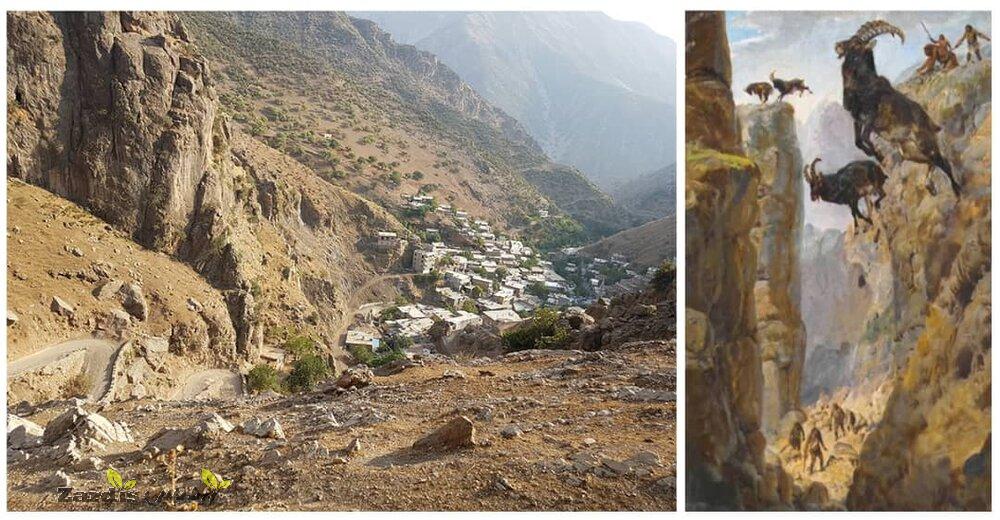TEHRAN – Newly-discovered stone tools and animal remains have shed new light on the history of human presence in Paveh county of Kermanshah province, which is situated in western Iran.
Based on new archaeological discoveries, the history of human habitation in the Paveh county, which is situated in the south of the Hawraman (Uramanat), is estimated to stretch back to more than 40,000 years ago, provincial tourism chief Jabbar Gohari said in an interview with Salam Paveh last week.
The survey was carried out in the vicinity of Shamshir and Zardui villages, south of the Hawraman region, with the close cooperation of archaeologists of the Paleolithic Department of Iran National Museum with the Cultural Heritage, Tourism and Handicrafts Department of Kermanshah, the official said.
Gohari added that recent archaeological discoveries in the region are promising for further studies of the prehistory of Hawraman. Referring to the preliminary results of this archaeological reconnaissance, Gohari said that the region’s human history is much older than previously thought.
“Based on these recent findings, the history of human habitation in Paveh county is older than 40,000 years ago and this early evidence adds to the richness and importance of the Hawraman region of Kermanshah.”
“Paleolithic hunters used two rock shelters for seasonal or short-term habitation near the villages of Shamshir and Zardui during a period that archaeologists call Middle Paleolithic,” the official explained.
According to the archaeologists involved in this research, the inhabitants of these two shelters, that were most probably Neanderthal, used flint to produce stone tools, which according to their type and method of flaking (such as Levallois technology) belong to the Middle Paleolithic period (40,000 to 200,000 years ago), Gohari added.
In addition to stone tools, the presence of animal remains such as bone and tooth fragments in these shelters, which mostly belong to ibex, can provide a window to study the ancient biodiversity of the region during the Ice Ages, he said.
Gohari pointed out that the remains of Middle Paleolithic humans have been found in several shelters in the Sirwan River valley near Hajij (Hawraman) during the Darian Dam Archeological Salvage Program, which was carried out under the direction of Fereidoun Biglari in 2015.
In July, UNESCO added the Uramanat cultural landscape to its list of World Heritage sites. The UN body accepted the landscape, which holds hundreds of villages, 106,000 hectares of land, and 303,000 hectares of surrounding properties, during the 44th session of the World Heritage Committee, which was held in China’s Fuzhou.
Stretched on the slopes of Sarvabad county, and shared between the provinces of Kordestan and Kermanshah, the rural area embraces dense and step-like rows of houses in a way that the roof of each house forms the yard of the upper one, a feature that adds to its charm and attractiveness.
AFM
Zardis news | The latest news of Iran and the world
All rights reserved for "Zardis news"It is protected and any copying without mentioning the source is prohibited.
Pursuant to Article 12 of Chapter 3 of the Cybercrime Law, copying the format and content will be prosecuted.







